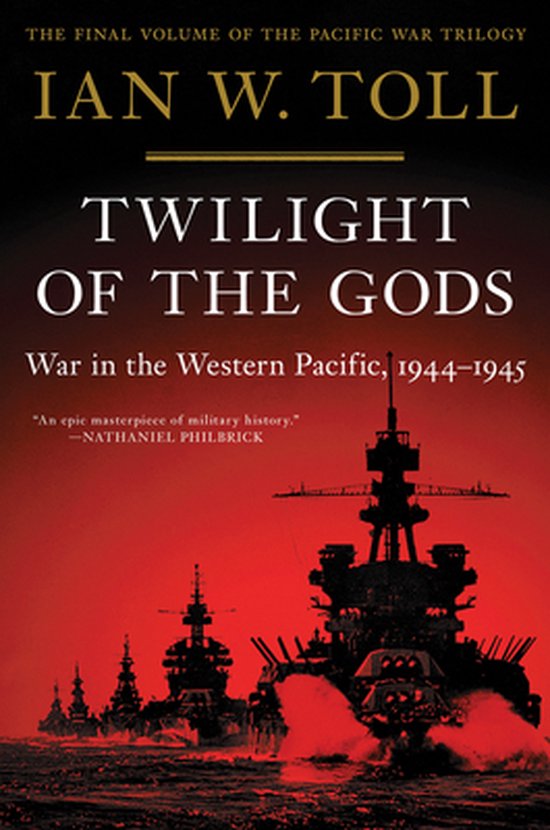Tupolev tu 22m

Uiterlijk 22 november in huis
The only English-language book in print on this active-duty Russian supersonic bomber.
The only English-language book in print on this active-duty Russian supersonic bomber.
In the late 1960s, the patriarch of Soviet aircraft design, Andrey Tupolev, offered the Soviet air force a supersonic bomber to replace the 1950s-vintage Tu-22 Blinder with a less capable—but cheaper—alternative to the Sukhoi design bureau's proposed T-4 strategic bomber. Tupolev did not offer it as an "all-new" aircraft but, instead, passed it off as a "massive upgrade" of the Blinder. Thus was born the Tu-22M, Tupolev’s first aircraft with variable swept wings and the ability to carry both bombs and supersonic cruise missiles. In the West, the new bomber became known as the Backfire.
First flown in 1969, the aircraft entered production in 1972. The most widespread version was the Tu-22M3, which soldiers on today with the Russian air force. The Backfire has had an active career both in Cold War operations and in "hot" wars, from Afghanistan to Syria, where it has participated in the global war on terrorism. This book describes the Tu-22M’s development, including the latest upgrades, and its Soviet and post-Soviet operations. Fleet lists are included, as is a detailed design description, and a wealth of color profiles and line drawings.Yefim Gordon is an aviation journalist and photographer who has been researching Soviet/Russian aviation history for more than 40 years and has authored and coauthored more than 130 books on the subject. Dmitriy Komissarov has translated or authored/coauthored more than 80 books on Soviet/Russian aircraft and written numerous features for Russian and foreign aviation magazines.
- 1 Bekijk alle specificaties

